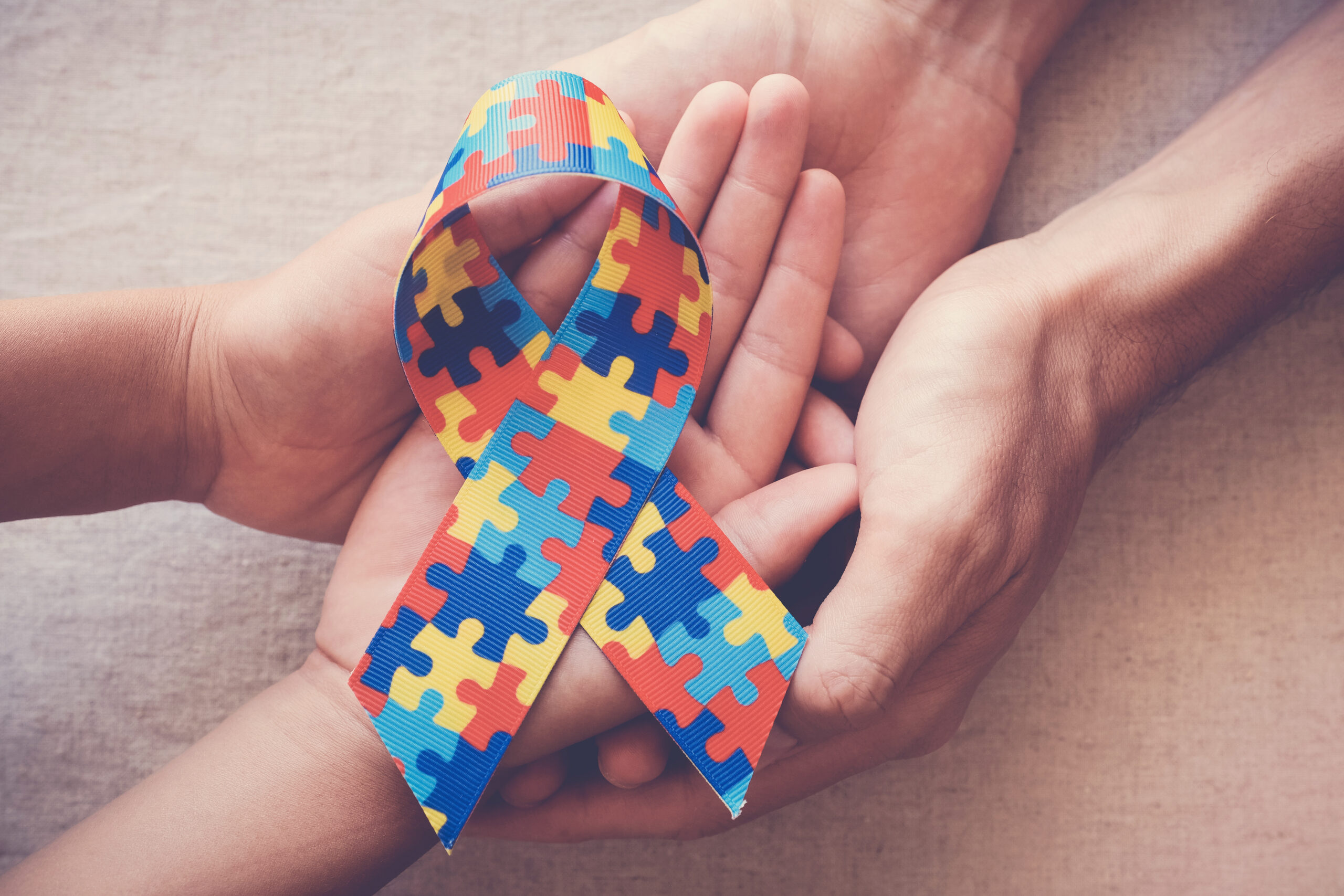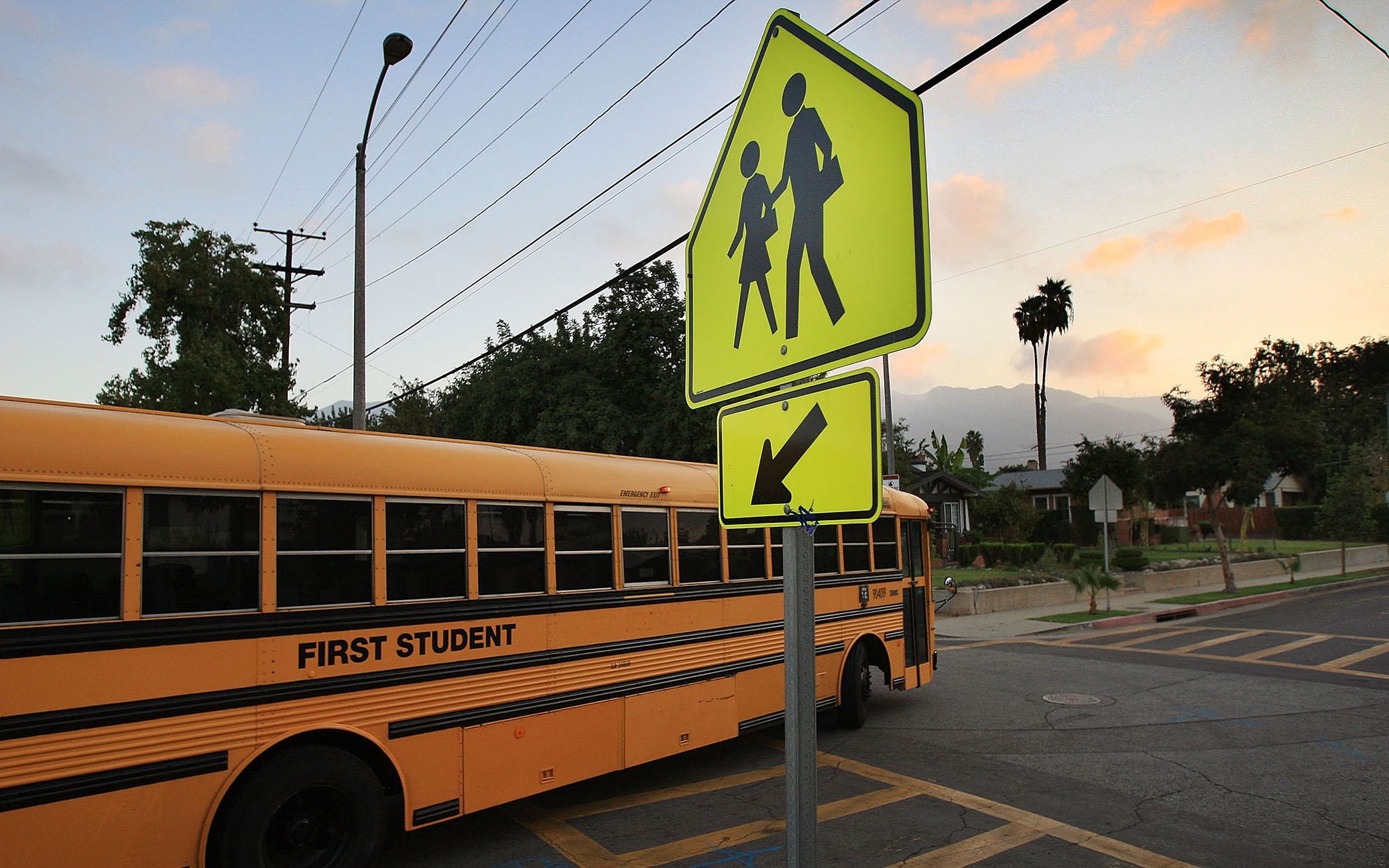
When I first graduated in 1984 and worked with children in schools, physical therapists did not typically work with children diagnosed with autism spectrum disorder (ASD). Although it was not well understood at the time, there has since been an overwhelming amount of research into ASD diagnosis and changes in the science. As we continue to learn more about autism and the number of children with this diagnosis increases (one in 44 children as of December 2021, according to the CDC),1 Most school physical therapists will likely have children with autism, especially younger children, among their cases.
Research on motor development in this population has been a particular area of focus. Studies reveal that children with ASD may have delays in fine and gross motor skills, including deficits in muscle tone, balance, coordination, and motor planning. Recent systematic reviews show a link between autism and gross motor delays early in life (Lim et al., 2021).2 Motor delays impact not only the acquisition of fundamental gross motor skills necessary for gross motor play, but can also have significant impacts on cognitive development, social communication skills, and overall quality of life (Case & Yun, 2019 ; Hedgecock et al., 2018 ; Holloway and Long, 2019; West et al., 2019).3,4,5,6 Lack of critical motor skill development in young children can cause them to withdraw from play. This lack can lead to fewer opportunities to engage in social and communication-based interactions during play at recess or in physical education class.
Participation in physical activities at school, home, and the community is an important outcome area for physical therapists caring for young children with disabilities, and it is vital to know that change in one area of development influences change in other areas. . In most studies on teaching fundamental motor skills to young children with ASD, motor interventions led to an increase in language skills, indicating interdependence of language and motor system. These findings also suggest that joint treatment between physical and occupational therapists along with speech therapists may be justified when working with children with ASD (Odeh et al., 2020).7 Although physical therapists have historically received little training in physical therapy schools on the topic of working with children with ASD, it is becoming an increasingly important area of focus for physical therapists, being available to facilitate play and participation in gross motor activities, through direct consultations or consultation. roles. As movement specialists, physical therapists can optimize a child’s ability to participate with peers in the school environment by adjusting environmental factors. For example, a child with ASD may have low muscle tone and benefit from adaptive seating. I have long advocated for the Rifton Compass chair and the Rifton Activity chair for children with low muscle tone who need more support in the classroom.
As a school physical therapist working with young children with a primary or secondary diagnosis of ASD, I often provide consultation and work collaboratively with physical education teachers, adapted physical education teachers, and general and special education teachers on how to further help them. children with ASD participate. with his classmates at school. As physical therapists continue to recognize the evidence and value of participation-based therapy in the home, school, and community, we must consider our role in supporting children with autism who may benefit from school-based physical therapy.






